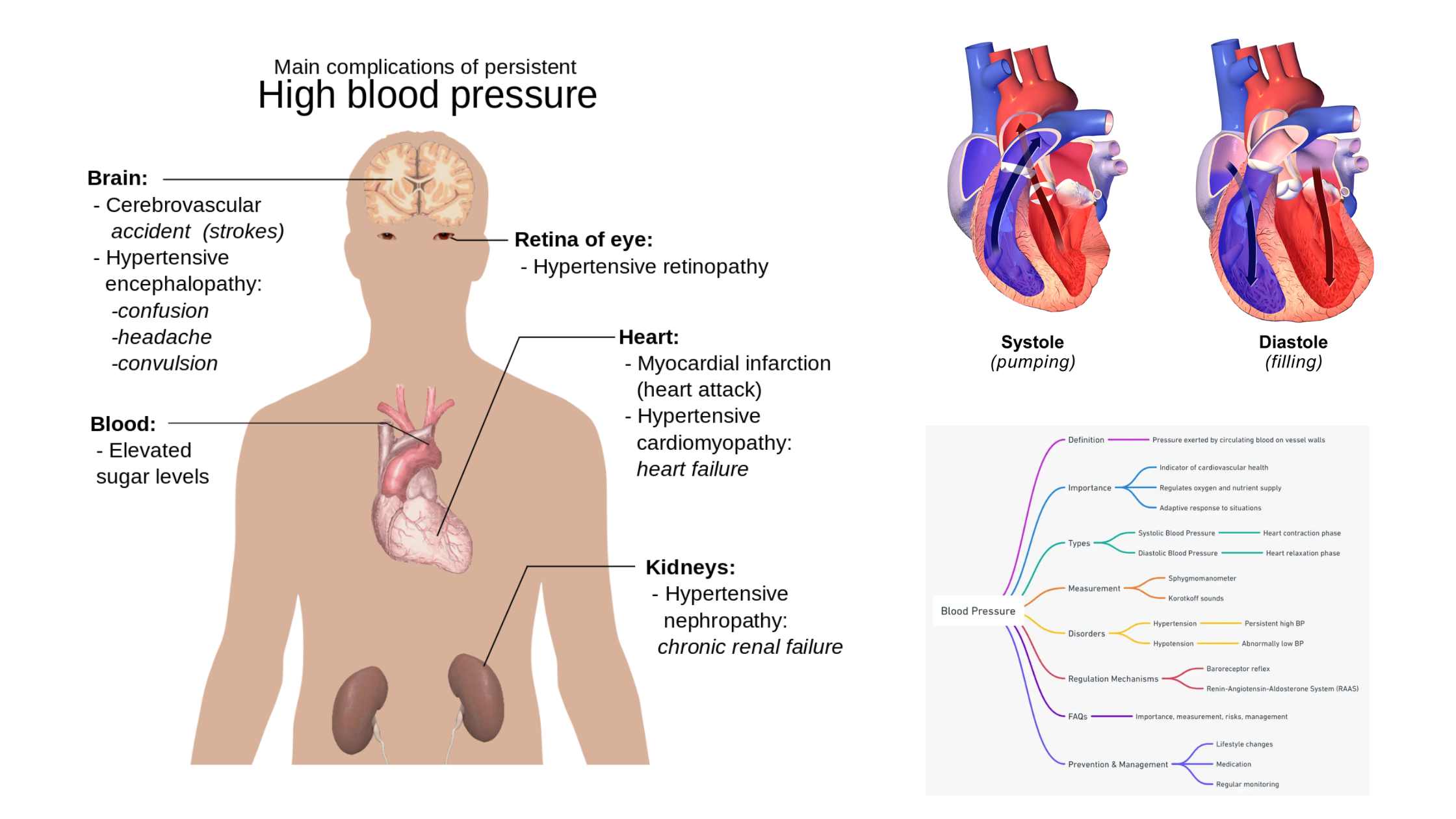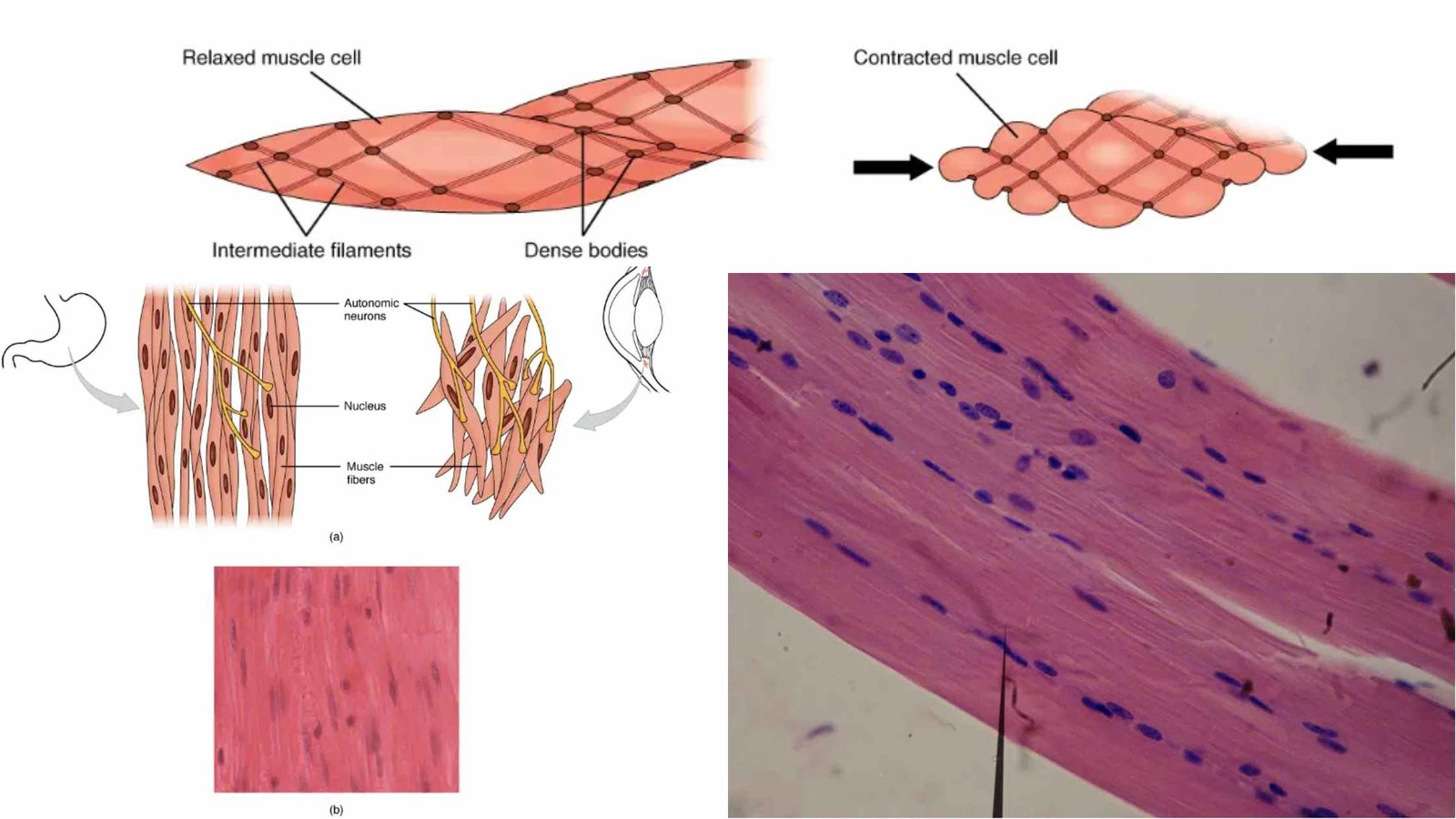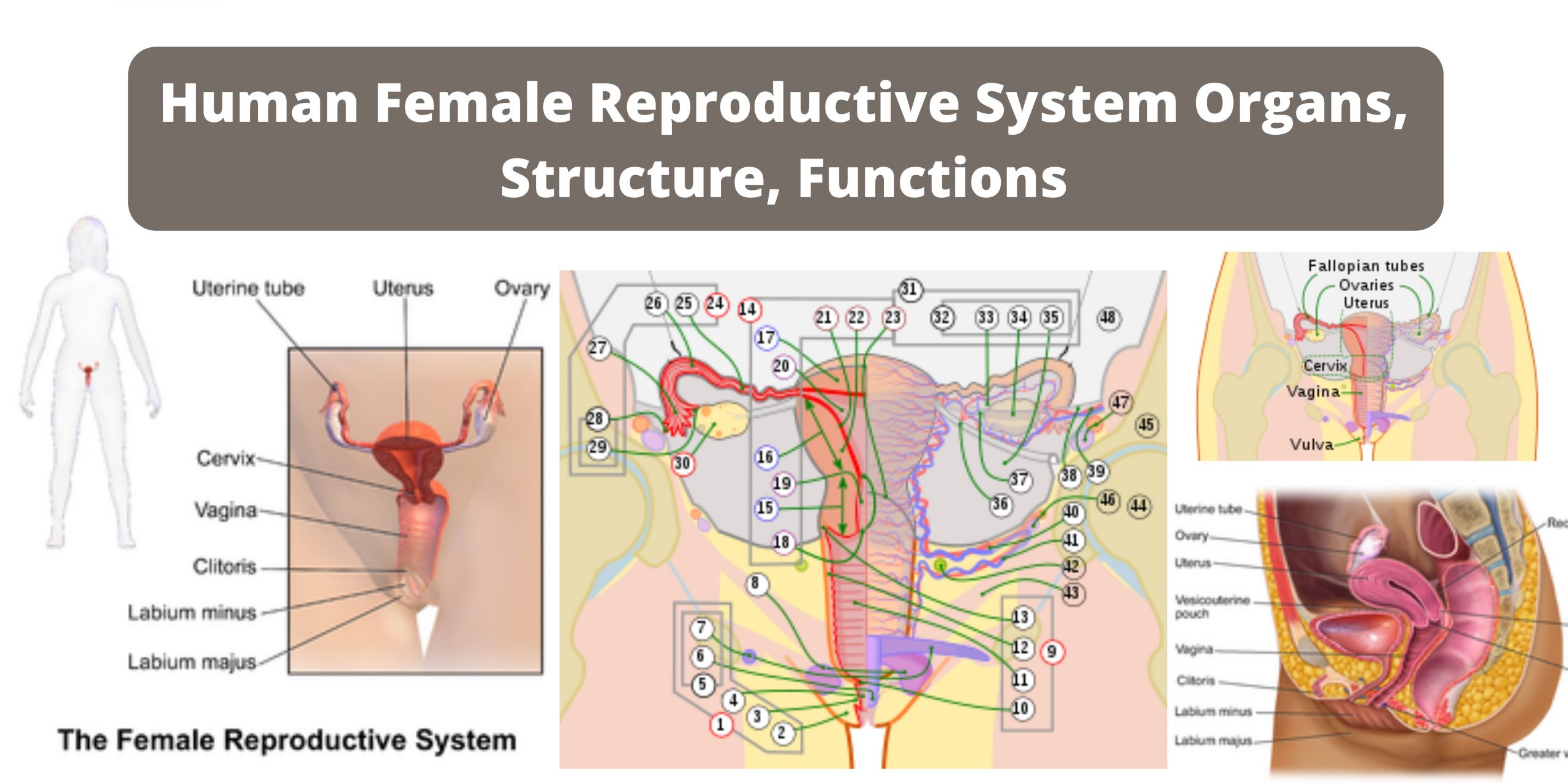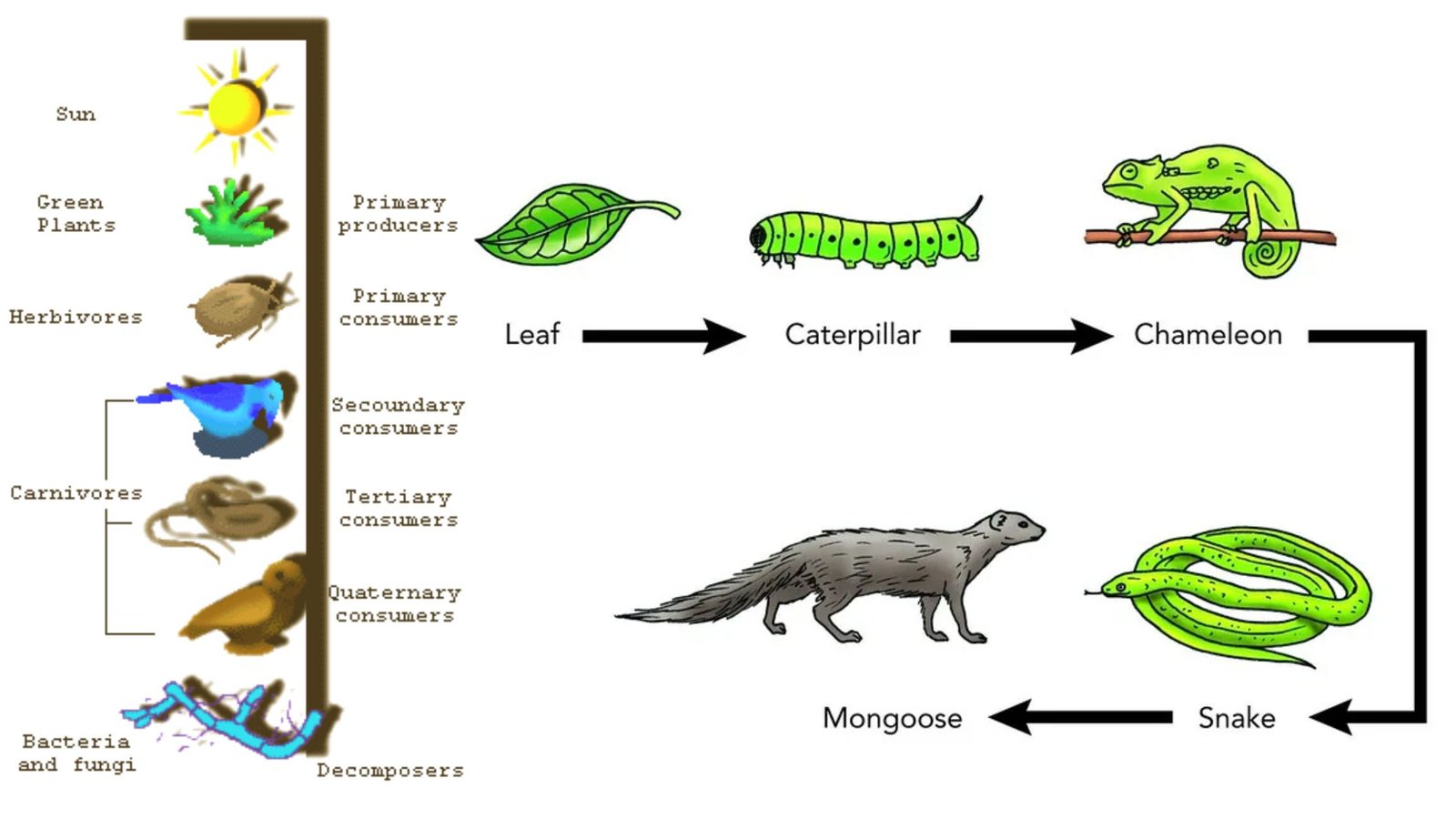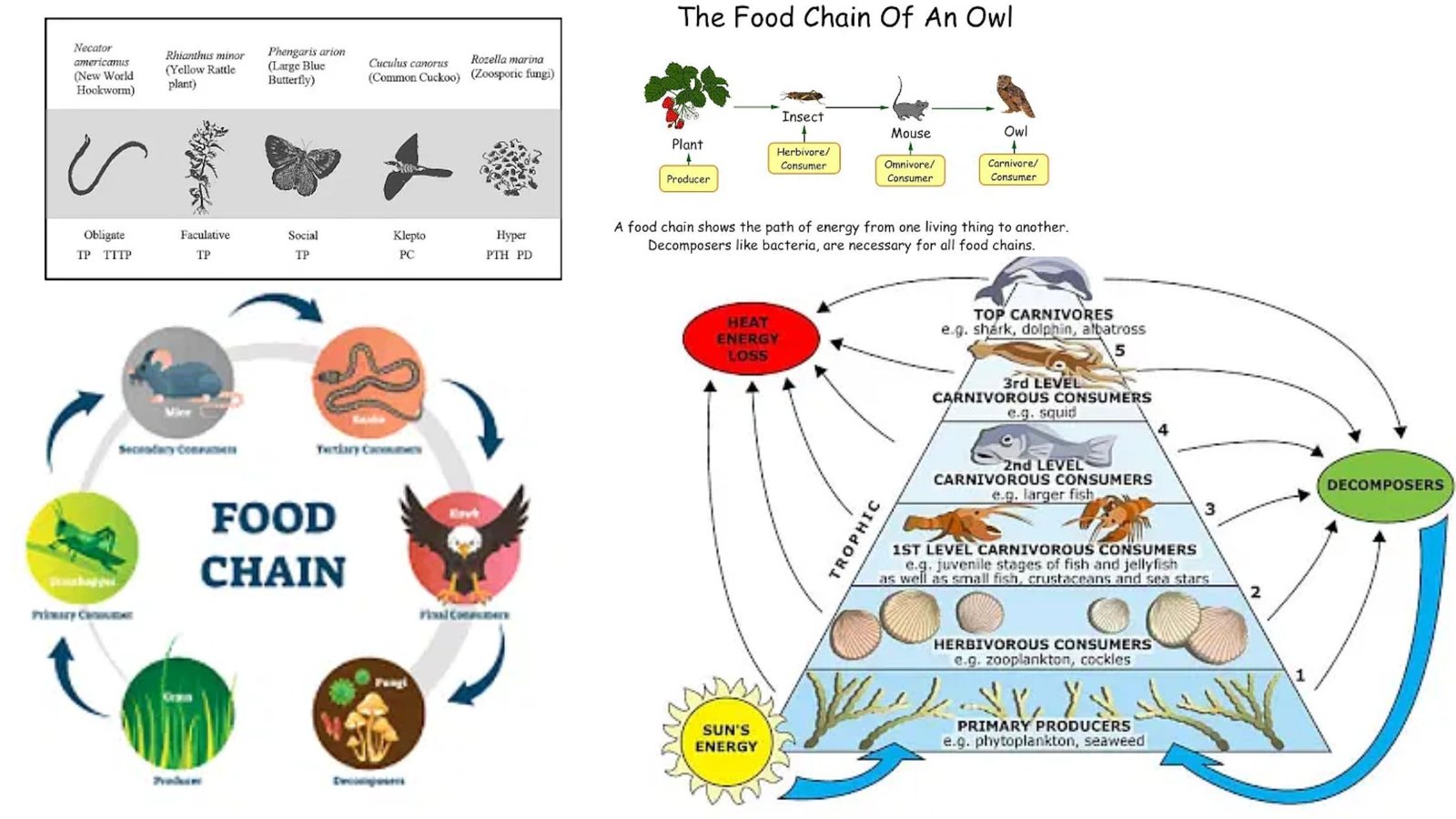Blood Pressure – Definition, Types, Measurement, Disorders
What is Blood Pressure? Definition of Blood Pressure Blood pressure is the force exerted by circulating blood against the walls of the arteries, measured in terms of systolic and diastolic pressures during the cardiac cycle. Types of Blood Pressure Blood pressure, a critical physiological parameter, is the force exerted by circulating blood against the walls … Read more
